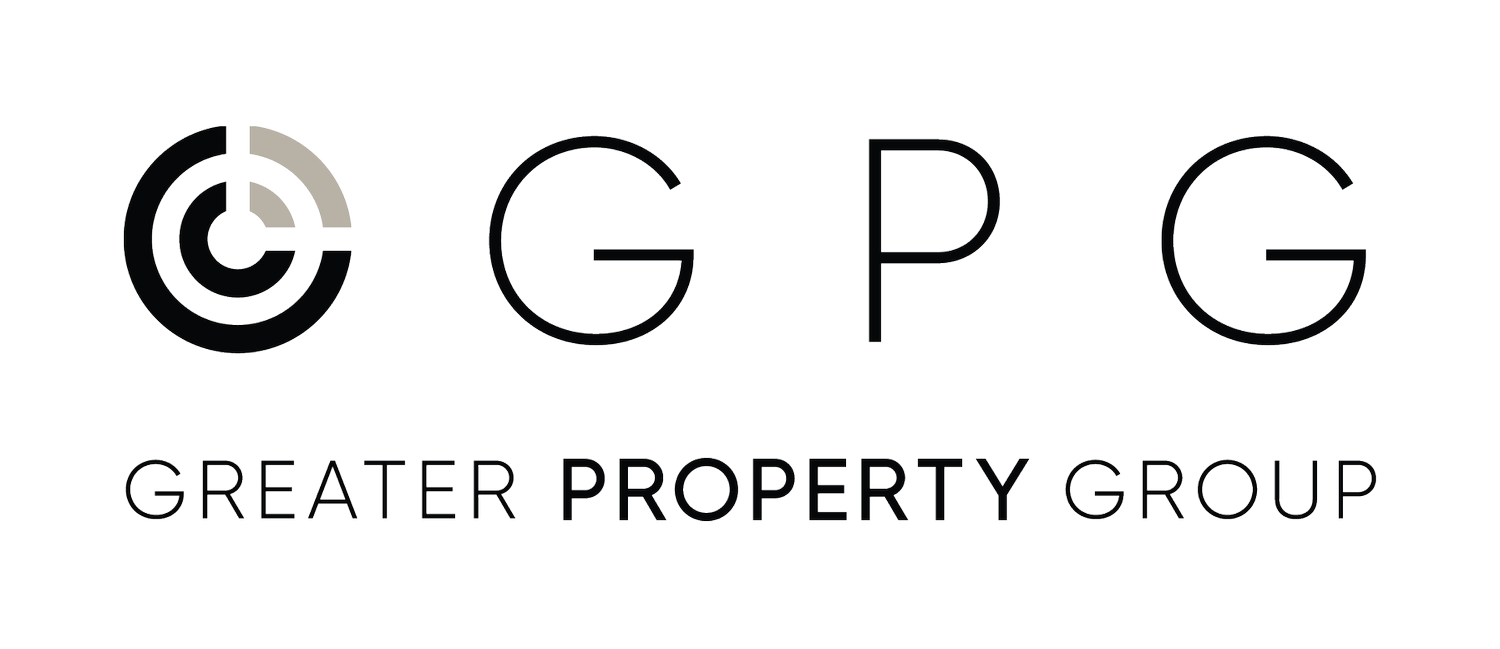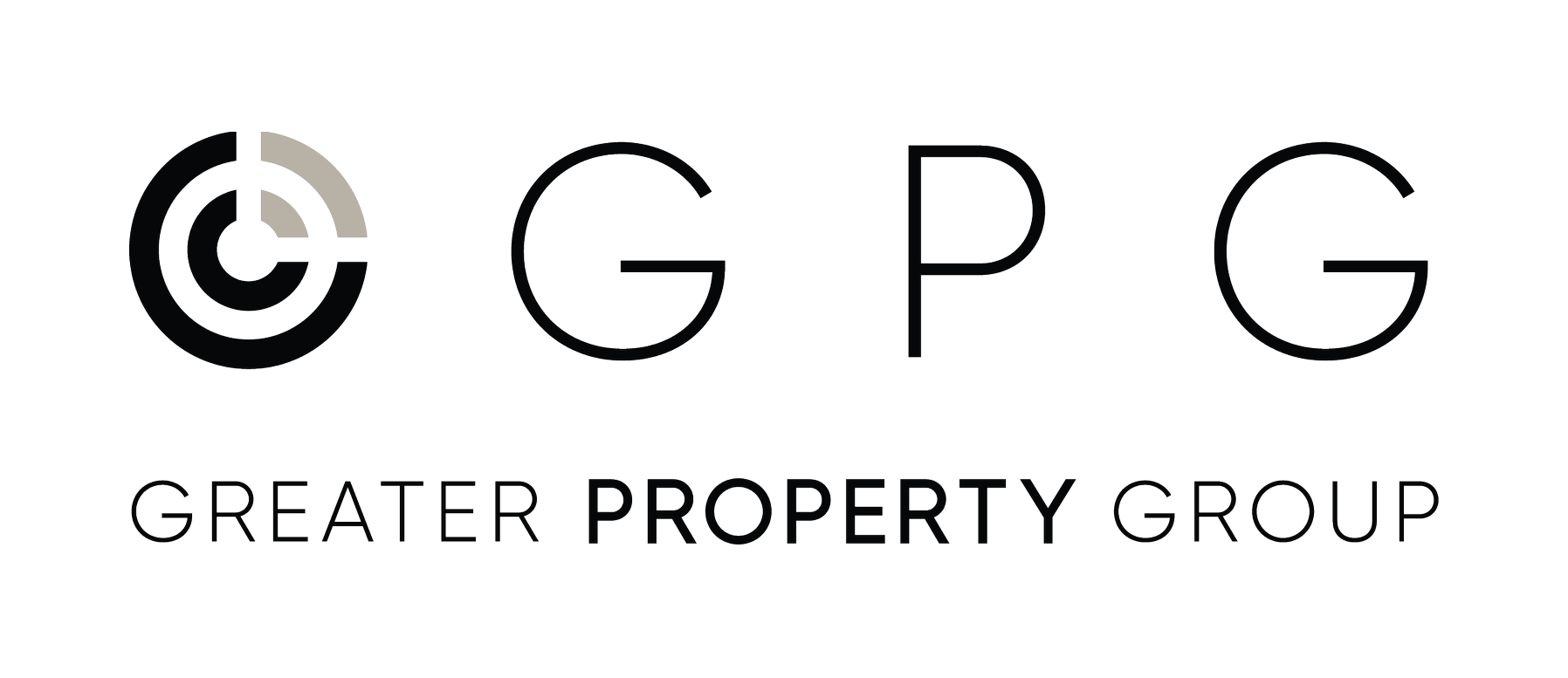Have you ever wondered about the cost of living in Mill Bay and whether it aligns with your budget?
Nestled on Vancouver Island, Mill Bay offers a scenic and peaceful lifestyle. However, it's essential to understand the Mill Bay real estate trend and living expenses to see if it’s the right fit for you.
Housing prices, utilities, and day-to-day expenses like groceries and transportation largely influence living costs here. By breaking down these costs, you'll understand what to expect when budgeting for life in this charming coastal town.
Understanding Utility Expenses in Mill Bay
Utility costs play a significant role in Mill Bay's living expenses. Utilities like electricity, water, gas, and internet are essential for daily living but can vary depending on several factors. Understanding these expenses is crucial for budgeting effectively, especially with fluctuating prices. A solid grasp of these costs will help you plan better and avoid surprises.
What Are Utilities?
When we talk about utility costs in Mill Bay, we’re referring to services such as electricity, water, natural gas, internet, cable, and home phone. These are the essential services required to maintain a comfortable household. In Mill Bay, the most common utilities homeowners and renters pay for are electricity, water, and internet, with natural gas being a common heating source in many homes.
Why Are Utilities Important?
Utilities are a core part of your Mill Bay household expenses and can significantly impact your overall budget. Whether living in a large family home or a smaller apartment, utilities make up a substantial portion of monthly costs. Plus, with energy prices fluctuating, staying on top of these expenses helps ensure you’re not overpaying and can plan more accurately.
How Much Do Utilities Cost in Mill Bay?
The Mill Bay cost of utilities can vary depending on the type of home, energy consumption, and the season. On average, a household can expect to pay anywhere from $250 to $350 per month for basic utilities. This includes electricity, water, and gas, but may go higher with additional services like cable or a higher internet speed. Compared to larger cities like Victoria, utility costs in Mill Bay are often slightly lower, thanks to the area's smaller population and less demand for services.
The Average Cost of Utilities in Mill Bay
Living in Mill Bay comes with the benefit of slightly lower utility expenses compared to more urban areas. Every month, residents typically spend around $300 on utilities, which adds up to roughly $3,600 per year. This estimate includes electricity, water, gas, and internet, though actual costs can vary depending on factors like home size and personal usage.
Electricity
The electricity costs in Mill Bay are around $100 to $150 per month, depending on the season and household size. Factors like energy efficiency, the use of electric heating during the winter, and energy-saving practices can influence these numbers. BC Hydro is the main electricity provider in the region, and prices are often higher during the colder months.
Water
When it comes to water costs in Mill Bay, residents typically spend around $50 to $70 per month on their water bill. Water usage tends to spike during the summer, especially for households that maintain gardens or pools. Additionally, water conservation efforts are encouraged, and many homeowners opt for low-flow fixtures to save on monthly bills.
Natural Gas
The natural gas prices in Mill Bay fluctuate based on seasonal demand. During the winter, natural gas is commonly used for heating, which can lead to monthly bills ranging from $75 to $120. FortisBC is the primary provider of natural gas in Mill Bay, and residents can often save by opting for energy-efficient heating systems.
Internet
Internet costs in Mill Bay usually fall between $60 and $100 per month, depending on the speed and service provider. Popular providers in the area include Shaw and TELUS, both offering competitive packages for high-speed internet. Many residents choose bundled services that combine internet with cable or home phone for added savings.
Cable
The cable costs in Mill Bay range from $50 to $80 per month, depending on the number of channels and packages selected. Both Shaw and TELUS offer a variety of plans, with many opting to bundle services for a more affordable rate. However, with the rise of streaming services, traditional cable use has been declining in recent years.
Home Phone
Home phone costs in Mill Bay have decreased as many households now rely solely on mobile phones. However, for those who still maintain a home phone line, costs typically range from $25 to $50 per month. Some providers offer home phone services as part of bundled packages with internet and cable.
Average Utility Costs in Mill Bay
In terms of Mill Bay's average utility costs, the typical household spends between $250 and $400 per month, depending on the size of the home and individual usage. By creating a detailed monthly budget, you can plan for these expenses and ensure you're prepared for any fluctuations, especially during the colder months when heating costs rise.
Factors Affecting the Cost of Utilities in Mill Bay
Several factors affecting utility costs in Mill Bay include household size, the type of home, and energy efficiency. Larger households tend to use more water, electricity, and gas, leading to higher bills. Additionally, older homes with less insulation and outdated appliances may consume more energy, increasing monthly costs.
Evaluating all these factors leads many to ask: Is Mill Bay a good place to live? The answer is often yes, especially for those who value a community-focused lifestyle. With manageable utility expenses, beautiful surroundings, and a more affordable cost of living compared to urban centers, Mill Bay offers a desirable balance between comfort and cost.
Household Size
Household size plays a significant role in Mill Bay's energy efficiency. Larger families typically use more energy and water, which drives up utility bills. Simple tips like turning off unused lights, adjusting thermostat settings, and using energy-efficient appliances can help manage these costs in bigger households.
Home Type
The weather impact on utilities in Mill Bay also depends on the type of home you live in. Larger homes or houses with poor insulation may require more energy for heating during the colder months, leading to higher bills. On the other hand, apartments and smaller homes generally have lower utility costs due to their size and modern energy-efficient designs.
Energy Efficiency
Using energy-efficient appliances in Mill Bay homes can significantly lower utility costs. Energy-efficient refrigerators, washers, dryers, and heaters use less energy and help reduce electricity bills. Over time, investing in these appliances can save you hundreds, if not thousands, in reduced utility costs.
Weather
The weather impact on utilities in Mill Bay is evident during the winter when heating costs rise. Cold temperatures lead to higher natural gas and electricity usage, especially for heating systems. During the summer, water usage may spike due to garden maintenance and higher demand for cooling systems.
Usage Patterns
Finally, Mill Bay household expenses are influenced by individual usage patterns. Simple adjustments like unplugging electronics when not in use, taking shorter showers, and using energy-efficient light bulbs can make a noticeable difference in your utility bills. These habits help reduce waste and lower overall costs.
How to Save Money on Utilities in Mill Bay
There are several ways to reduce utility costs, from switching to lower-cost utility providers in Mill Bay to implementing energy-saving strategies. Small changes, like investing in a smart thermostat or switching to energy-efficient appliances, can lead to significant savings over time.
Switch to a Lower-Cost Provider
One way to cut down on expenses is by finding lower-cost utility providers in Mill Bay. Many energy providers offer competitive rates, so it’s worth researching and comparing options. Switching to a provider with better pricing can help reduce your monthly utility bills.
Get Energy-Efficient Appliances
Using energy-efficient appliances in Mill Bay is another effective way to save money on utilities. These appliances consume less energy and can drastically cut down on electricity and water usage. While the upfront cost may be higher, the long-term savings are well worth the investment.
Weatherize Your Home
Weatherizing your home in Mill Bay is a practical way to lower heating and cooling costs. Simple steps like sealing windows, adding insulation, and installing weather stripping can make your home more energy-efficient. This not only reduces utility bills but also increases home comfort.
Conserve Water
Conserving water in Mill Bay can significantly lower your water bill. By installing low-flow faucets, using water-saving appliances, and being mindful of water usage, you can cut down on costs while also benefiting the environment.
Set Your Thermostat to a Smarter Temperature
A smart thermostat in Mill Bay is a game-changer for energy savings. These devices learn your heating and cooling preferences and adjust accordingly, helping you save on both electricity and gas. Many homeowners see a noticeable reduction in their utility bills after installing a smart thermostat.
Conclusion
In conclusion, the cost of living in Mill Bay is relatively affordable compared to larger urban centers, especially when it comes to utilities. With a bit of planning and smart investments in energy efficiency, you can manage your Mill Bay household expenses effectively.
Keep an eye on the Mill Bay real estate trend as well, as this can influence housing costs, which are a big part of your living expenses.
Are you ready to explore what life in Mill Bay has to offer? Leave a comment below with your thoughts, and don’t forget to check out our other blog posts on life in this picturesque community!









